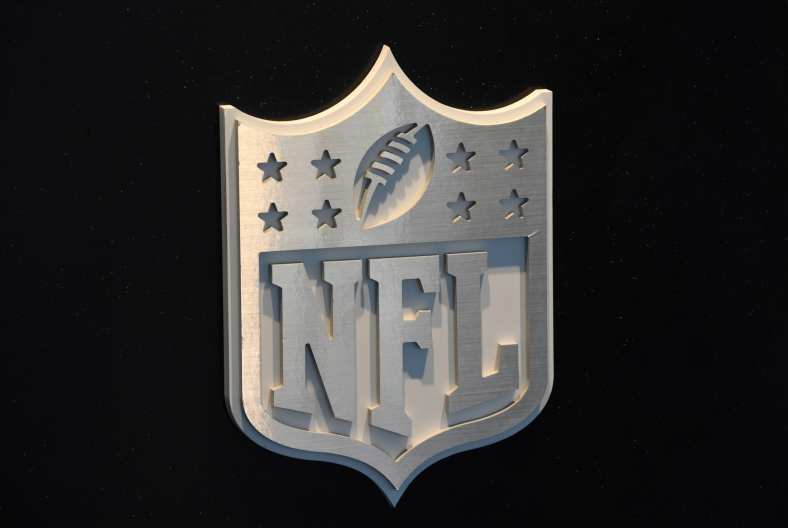
Matt Birk played in the NFL for 15 seasons. As a center for the Minnesota Vikings and Baltimore Ravens, he literally went helmet to helmet with opposing 300-pound opponents in the trenches tens of thousands of times.
On the field, if there’s someone who would know the physical toll football takes on a player, Birk might actually be one of the first people we would want to ask.
The Journal of the American Medical Association came out with a study that concluded 110 of 111 deceased former NFL players studied were found to have chronic traumatic encephalopathy (CTE).
To be clear, this study is just a continuation of the scientific community concluding that football itself has an adverse impact on the long-term health of those who play it (more on that here).
It’s been a long-term and decisive issue throughout the broader sports community. Former players who have committed suicide were shown to have CTE. Some of them deceased in a way to make it possible for science to study their brains.
But there’s also been some backlash against those who derive an apocalyptic view of football itself. While not necessarily going to that length, Birk himself took to social media to place into question the viability of this recent study.
What about the 15,000 or so deceased former NFL players who lived full lives and didn't have CTE? https://t.co/ekDoStSif1
— Matt Birk (@BirkMatt) July 26, 2017
Birk, a graduate from Harvard University with a degree in economics, currently works for the NFL in an advisory role. That’s important, because other influences could be leading him to this conclusion. Full disclosure, one might say.
At a macro level and in a vacuum, Birk isn’t necessarily wrong here. How many deceased former NFL players have been found to have CTE following their deaths? It’s a question that would require decades of research.
Then again, that’s also surface-based thinking at its best. Of those 15,000 or so (definitely a guess), how many were actually tested for CTE following their deaths?
It was just over a decade ago that Dr. Bennet Omalu came up with this breathtakingly disturbing condition and presented it to the NFL. Prior to that fateful year for the league, not much was known on this topic. So in reality, the number of players studied is a minuscule number in comparison to those who could have lived with the condition prior to Dr. Omalu’s discovery back in 2005.
It was (and remains) the great unknown. Maybe that’s where Birk was coming from with his tweet.
Moving forward, the NFL has paid the price for its lack of action on head-related injuries in the past. It has now set the groundwork for a safer on-field product. And as the public continues to find itself more informed on CTE, anything the NFL does to curb progression on this topic will be placed under a microscope.
It’s now all about moving forward. Looking at the past has surely helped us acquire a better understanding of the impact football has on players. Looking to curb these problems and bring the sport to an era of increased safety and acknowledgement is the largest key here.
For its part, the NFL needs to continue listening to science. It must go away from the era in which the powers to be in New York City ignored warning signs. In turn, those opposed to the way the NFL handled this issue in the past should look at the league with newfound optimism that it will do the right thing.
If neither of these things happen, the study we saw released Tuesday will repeat itself over and over again in the years to come.